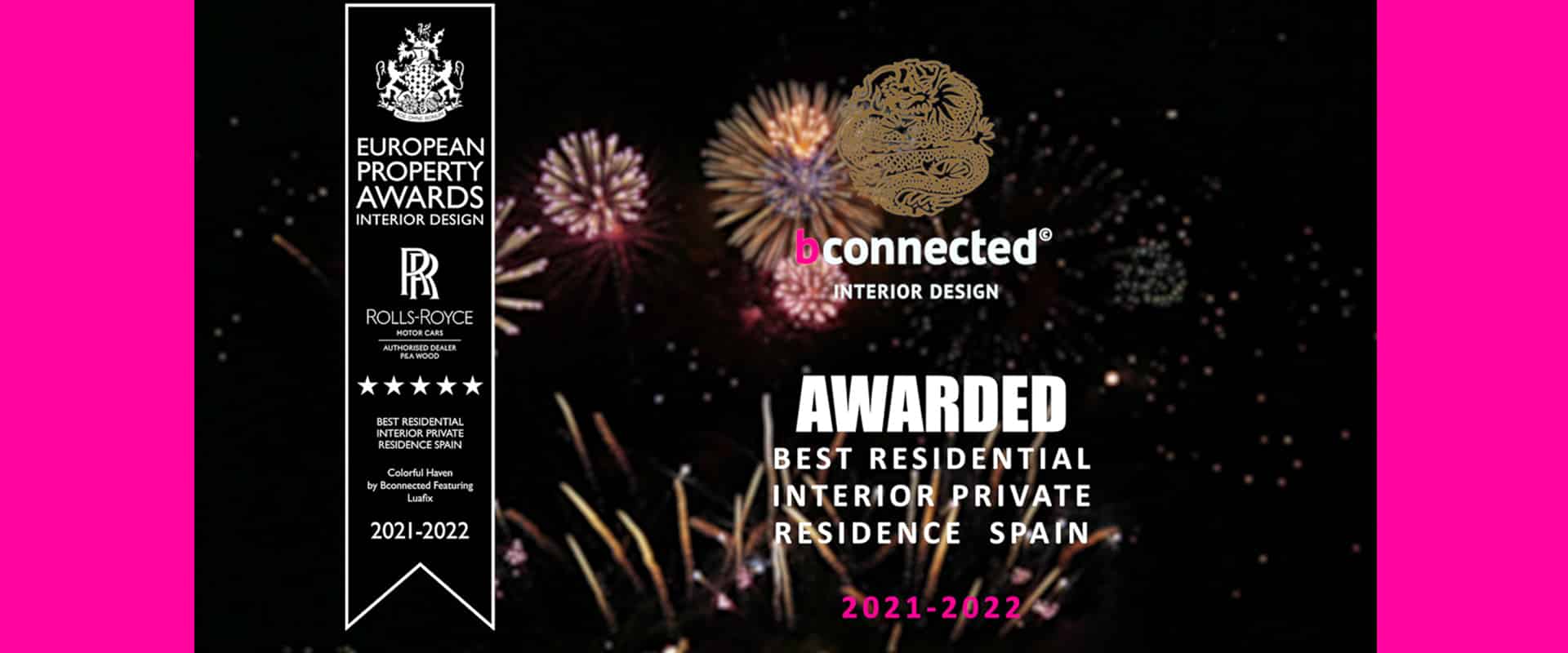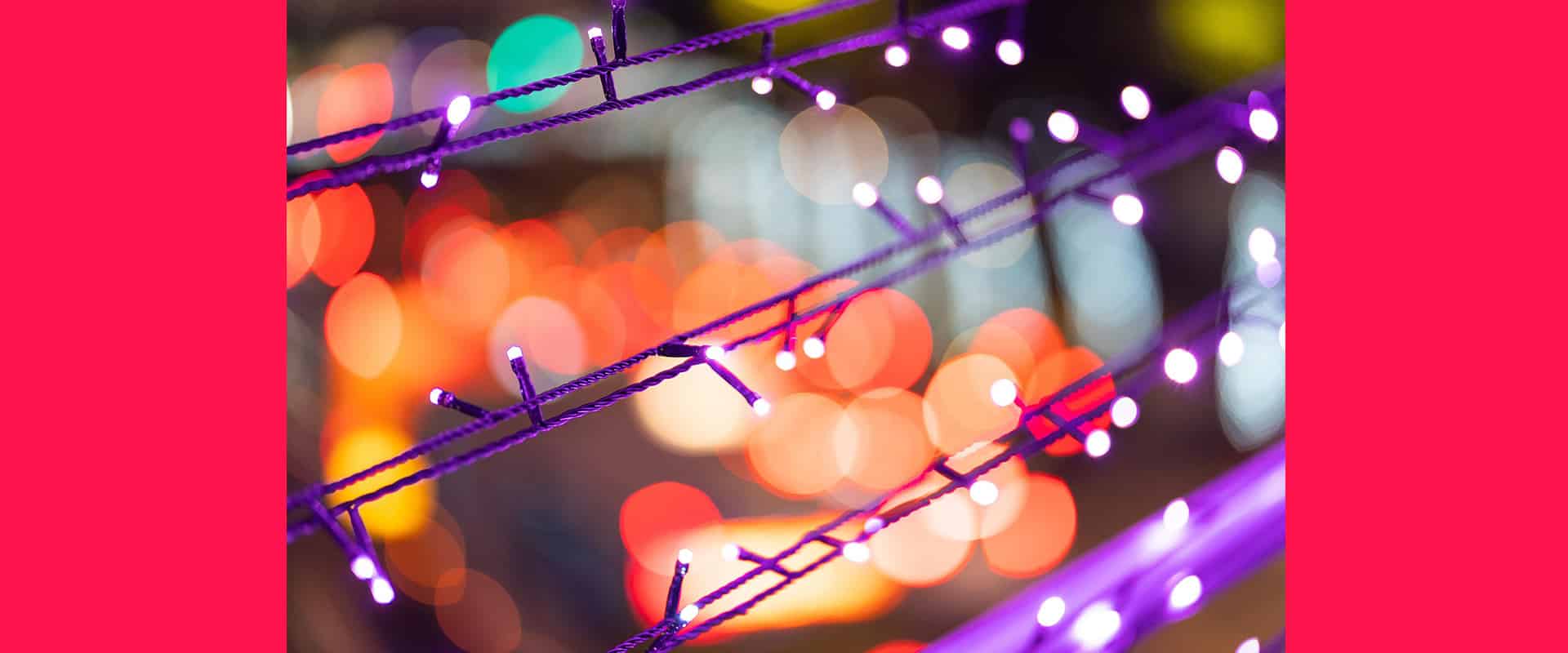The Barcelona pavilion by Mies van der Rohe, an inspiring icon of architecture
Architecture Art Bconnectedmallorca Exclusive Interior Design Investment Real Estate Secret MarketingThe German Pavilion in Barcelona
In today’s blog post we wanted to bring your attention to a design that is one that inspires us greatly, not only because of its aesthetics but also because of the story behind it.
The Barcelona Pavilion, designed by Mies van der Rohe and Lilly Reich, was the display of architecture’s Modern Movement to the world. It has for years been exhaustively studied and inspired generations of architects. Reich collaborated closely with Mies on varied projects and was eventually named “artistic director” of the German section of the 1929 Barcelona International Exhibition, alongside Mies.
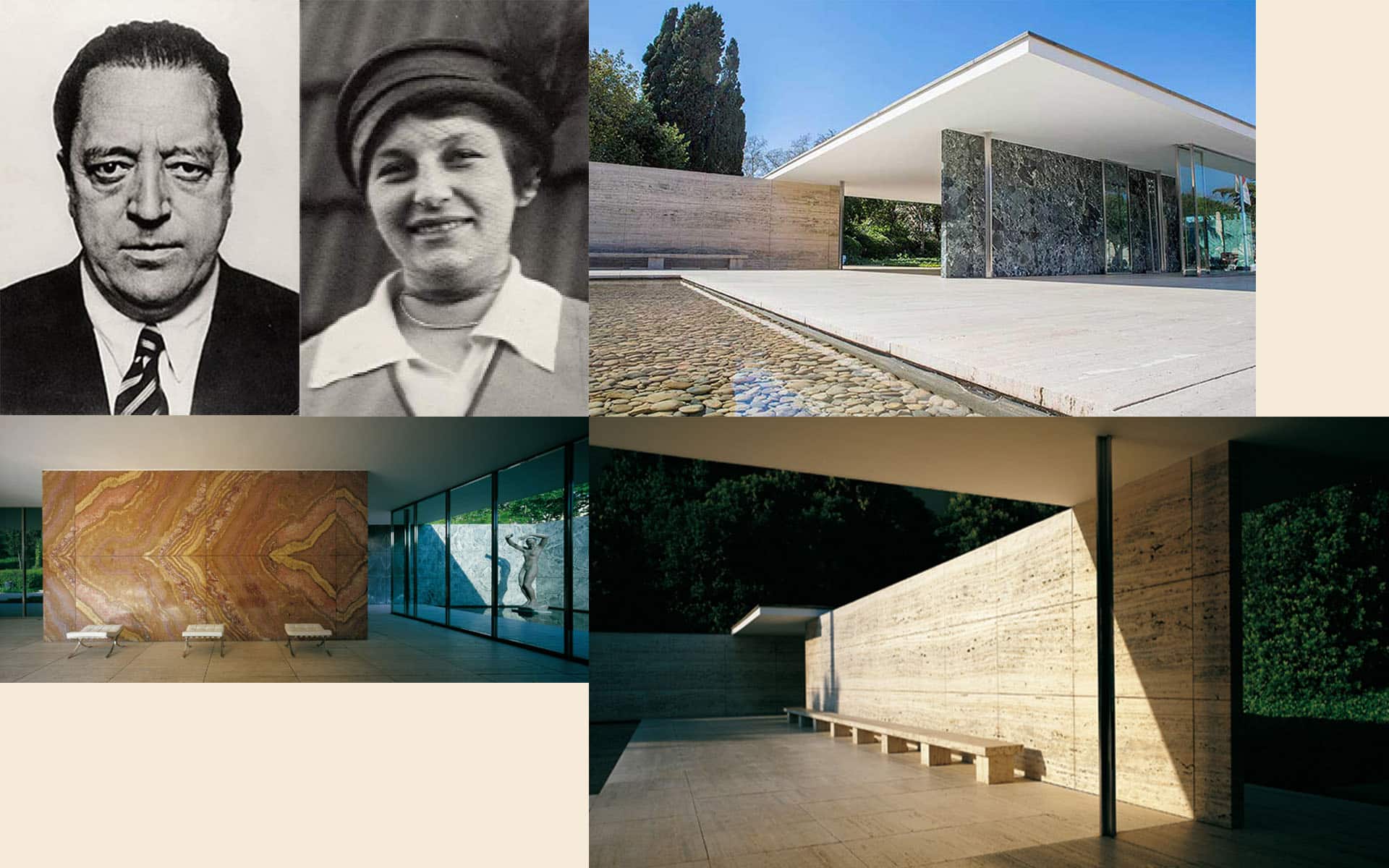
Photo credits: Wikipedia/Barcelona City Tours/ Fundación Mies Van der Rohe Barcelona
Originally named the German Pavilion, it was portraying the face of Germany after WWI, showcasing the nation’s progressively modern culture that was still rooted in its history.
Aesthetically, it’s one of a kind. Its elegant and sleek form combined with the rich natural materials used was the Gateway for Mies into his architectural future. The furniture designed exclusively for the pavilion was also a success in which the acclaimed and renowned designer Reich once again proved that the tandem generated impressive projects.
The aim of this establishment was to not only create a very special sculptural art piece but to host the official reception presided over by King Alfonso XIII together with the German authorities. The emblematic Barcelona chair served as a throne to accommodate the monarchs and is still in use today as one of the icons of modern design.
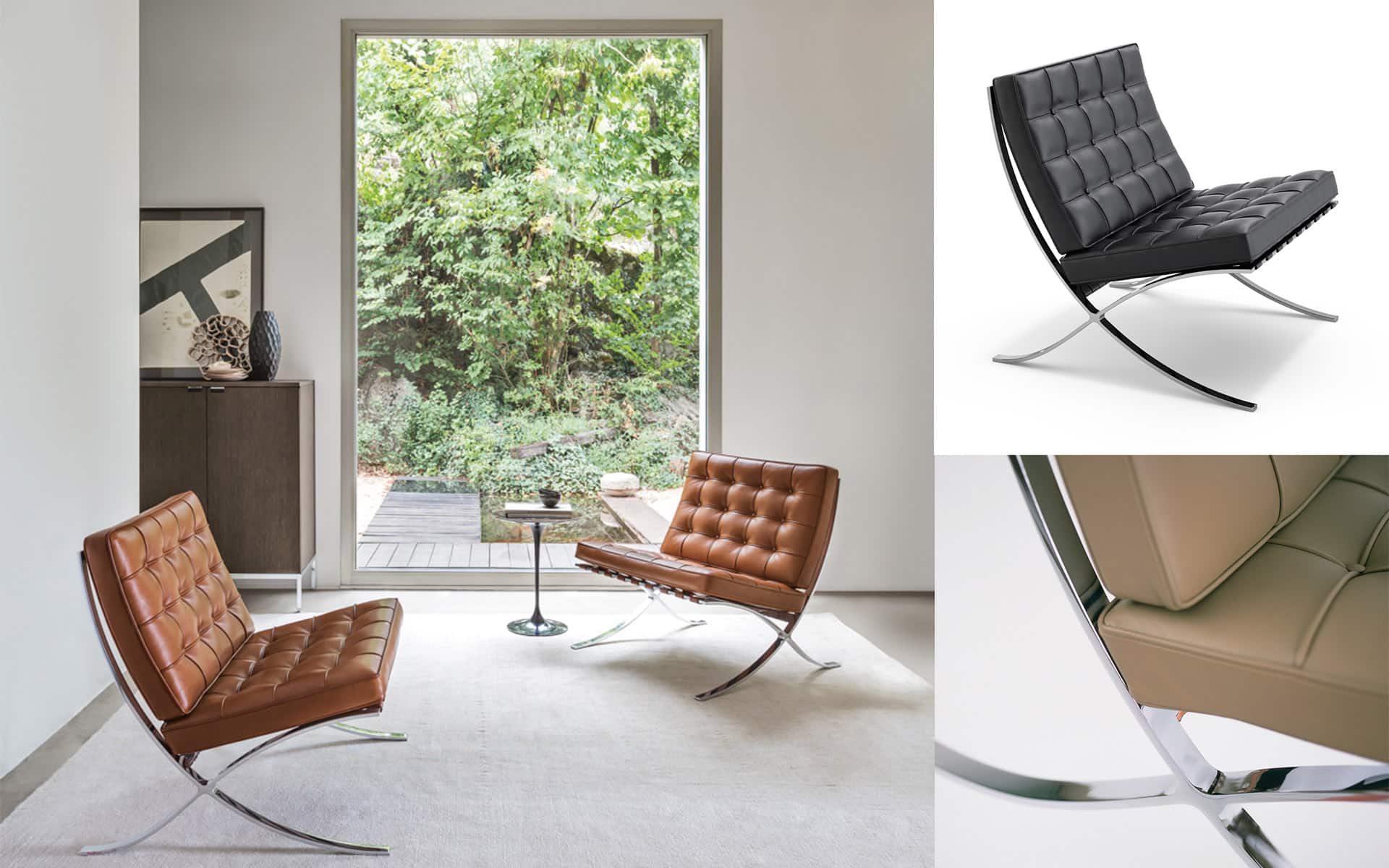
Photo credits: Barcelona© Chair Knoll
It is located at the foot of the National Art Museum of Catalonia and the Montjuic mountain tucked away on a narrow site in a quiet corner secluded from the bustling city streets. The Barcelona Pavilion separates itself from the city in what feels like a vacuum as you forget you’re in the city when you’re here.
The sleek interior works with a low roof plane that he designed to encourage movement throughout the building with promenades framing the views. It seems as if in elevation as a float above the rooms. The appearance of floating gives the atmosphere a sense of weightlessness that fluctuates between the interior and exterior. The sense of movement when there is to give guests a special experience with new perspectives.
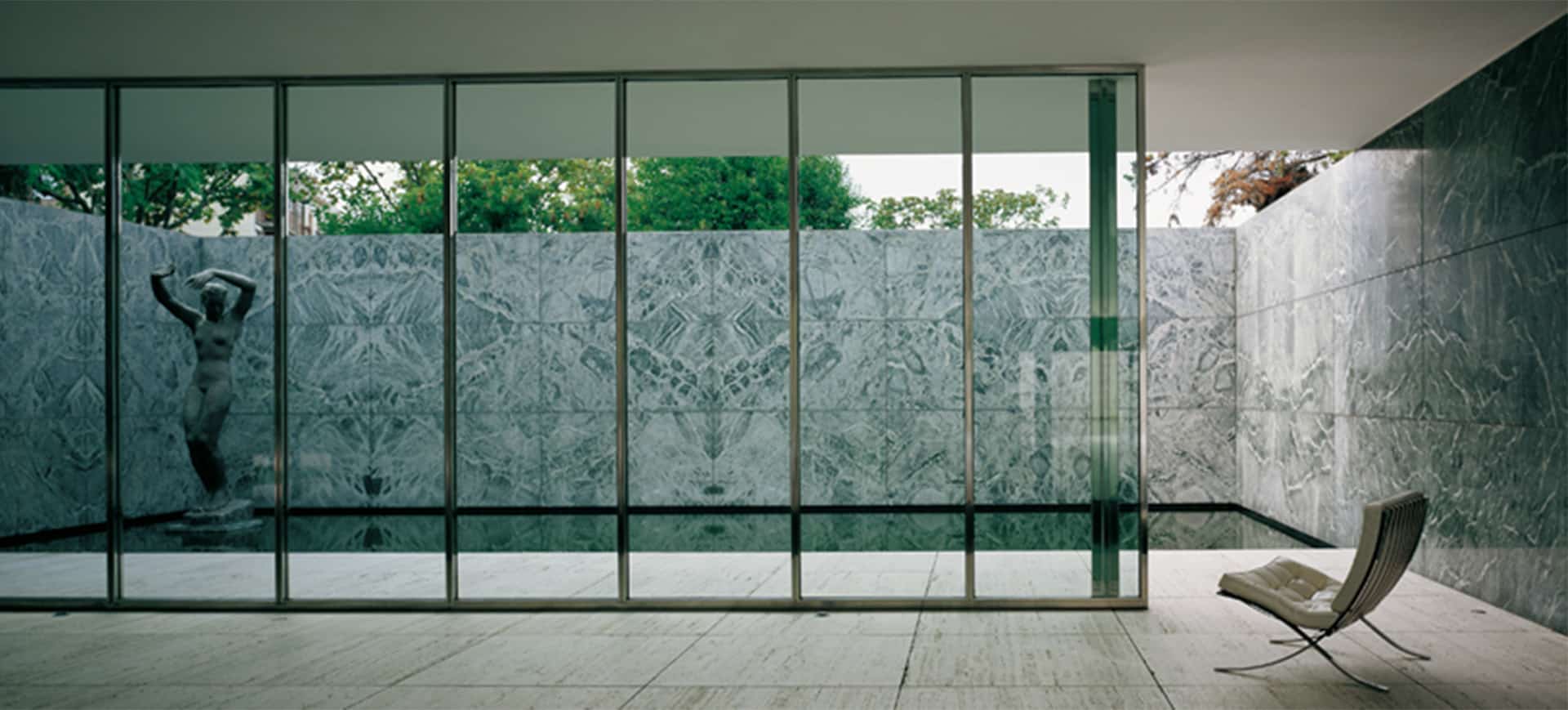 Photo Credits: Fundación Mies Van der Rohe Barcelona
Photo Credits: Fundación Mies Van der Rohe Barcelona
Novelty was expressed in the materials used throughout the project such as glass, steel and four different types of stone (Roman travertine, green Alpine marble, ancient green marble from Greece and golden onyx from the Atlas Mountains). The different forms and colours of these materials are quite breathtaking when moving through each room of the build. It has since been reconstructed since the original build but kept its authenticity that Mies used. The modernity of the design is expressed in its rigor geometry and precision of each corner. Undoubtedly a masterpiece that continues to inspire the world of architecture today.



